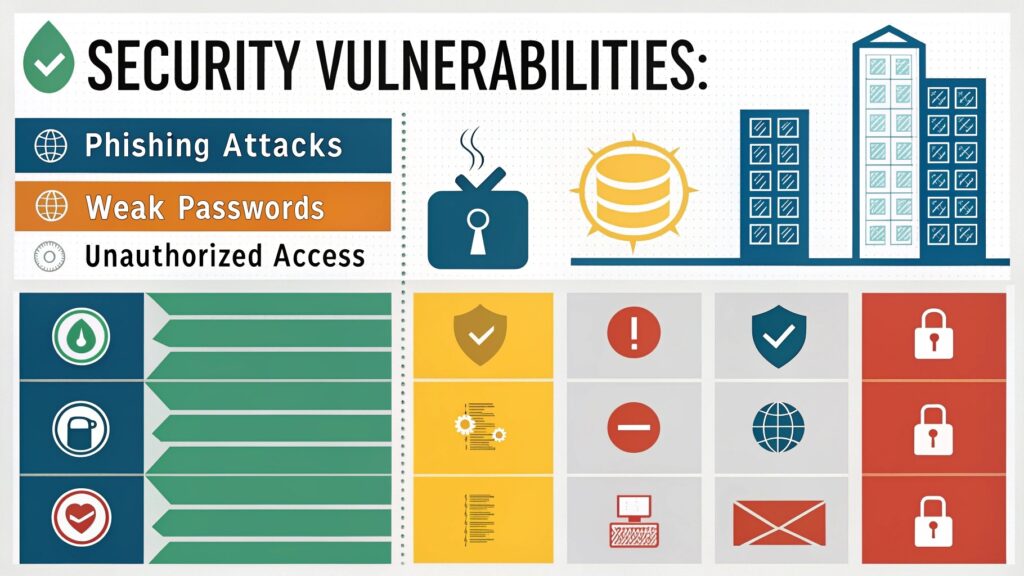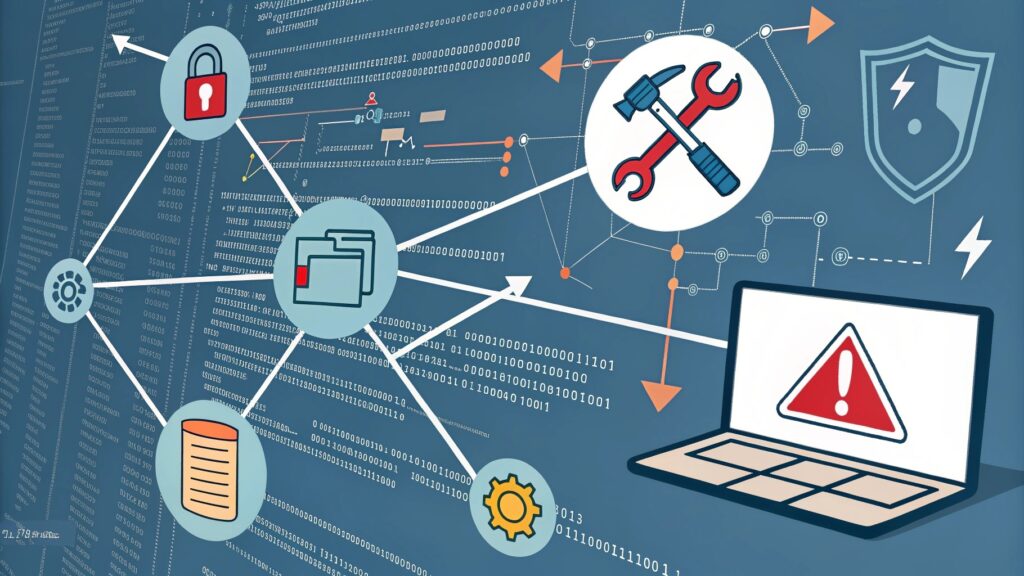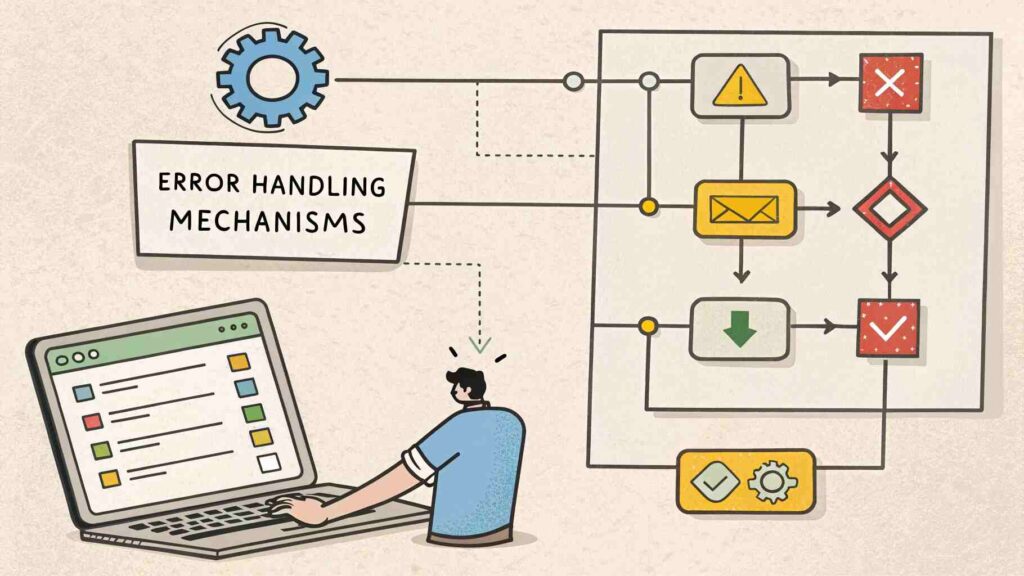Bollnou2.7c is a complex software system widely used in data processing, automation, and enterprise solutions.
It integrates AI-driven analytics to optimize workflows and improve decision-making. However, despite its robust features, users frequently encounter technical challenges that disrupt their operations.
Addressing these issues effectively requires a deep understanding of their root causes and practical solutions.
This article explores the common problems associated with Bollnou2.7c and provides actionable insights to resolve them.
Whether you’re a developer, IT professional, or an end-user, this guide will help you navigate and overcome the obstacles related to Bollnou2.7c. By the end of this article, you will have a thorough understanding of how to troubleshoot, optimize, and enhance your experience with Bollnou2.7c.
Common Challenges with Bollnou2.7c:

Compatibility Conflicts:
Bollnou2.7c is designed to function across multiple platforms, but compatibility conflicts often arise when integrating it with various operating systems and third-party applications.
Users may experience software crashes, failed component loads, or unexpected behavior due to outdated drivers or misconfigured settings.
Ensuring compatibility requires checking system requirements, updating dependencies, and conducting thorough compatibility testing before deployment. Additionally, virtualization can help isolate issues and allow users to run Bollnou2.7c in an optimized environment.
Developers should also follow best coding practices to ensure seamless integration with other software systems. These proactive measures can significantly reduce compatibility conflicts and improve software stability.
Also Read: to win puffridsziaz online – Tips, Strategies
Performance Bottlenecks:
Bollnou2.7c can experience slowdowns when processing large datasets, running complex queries, or handling high workloads. This issue typically arises from inefficient resource allocation, memory leaks, or unoptimized configurations. To mitigate performance bottlenecks, users should optimize database indexing, use caching mechanisms, and ensure adequate server resources.
Regularly clearing temporary files and logs can free up memory and enhance responsiveness. Monitoring tools can help identify resource-heavy operations and suggest optimizations.
Developers should also adopt best coding practices to minimize redundant computations and optimize algorithm efficiency. Addressing performance bottlenecks ensures a smoother and faster user experience.
Security Vulnerabilities:

Security threats such as unauthorized access, data breaches, and malware attacks are significant concerns for Bollnou2.7c users. Without proper security configurations, sensitive data may be compromised.
To enhance security, implement multi-factor authentication, regularly update security patches, and encrypt critical information. Firewalls and intrusion detection systems can help monitor and prevent unauthorized access.
Additionally, setting up role-based access control ensures that only authorized personnel can access sensitive features. Security audits and penetration testing can identify vulnerabilities before they become exploitable.
By prioritizing cybersecurity measures, users can safeguard their data and maintain system integrity.
Limited Documentation and Support:
One of the most frequent complaints about Bollnou2.7c is the lack of comprehensive documentation and official support. Users often struggle to find detailed guides, troubleshooting steps, and best practices.
This makes resolving technical issues time-consuming and frustrating. To overcome this challenge, users can engage with online communities, forums, and user groups where experienced developers share insights. Contributing to open-source documentation can also help improve accessibility.
Organizations using Bollnou2.7c should maintain internal knowledge bases and provide employees with training resources. Enhanced documentation and support channels ensure that users can quickly find solutions to common problems.
Also Read: 1-800-883-4100 – Everything You Need to Know
Complexity in Updates and Migration:
Upgrading to newer versions of Bollnou2.7c can be a daunting task, as updates often require configuration changes, database migrations, and system reboots. Failing to follow best practices can lead to data loss, compatibility issues, and extended downtime.
To simplify updates and migrations, always back up data before proceeding, test new versions in a sandbox environment, and follow a phased rollout strategy. Detailed release notes should be reviewed to understand changes and potential impacts.
Automating migration scripts can reduce manual errors and speed up the transition. A well-planned upgrade process ensures a smooth and hassle-free experience.
Integration Issues with Third-Party Tools:

Many businesses rely on third-party applications to extend the functionality of Bollnou2.7c, but integration challenges often arise. API limitations, version mismatches, and security restrictions can prevent seamless data exchange.
To resolve these issues, always refer to API documentation, use standardized data formats, and employ middleware solutions if needed. Regular updates to all connected applications ensure compatibility.
Developers should also conduct rigorous testing before deploying integrations. Proper logging and monitoring can help diagnose and fix integration failures. Establishing best practices for third-party tool integration ensures smoother workflows and improved productivity.
Frequent Software Crashes:
Unexpected software crashes disrupt workflows, leading to productivity losses and data corruption. These crashes can be caused by memory leaks, improper exception handling, or conflicts with other applications.
To reduce crash frequency, users should keep their software updated, apply patches, and monitor system logs for errors. Debugging tools can help pinpoint the root cause of instability. Allocating sufficient resources, such as RAM and CPU, can also prevent crashes.
Developers should follow coding best practices to handle exceptions gracefully. By proactively addressing software instability, users can minimize disruptions and improve reliability.
Also Read: letstalkbam: Building a Movement for Mental Health Awareness
Inconsistent User Interface:
A well-designed user interface (UI) is crucial for usability, but some users find the UI of Bollnou2.7c inconsistent and unintuitive. This can result in a steep learning curve and decreased efficiency.
Improving the UI involves standardizing design elements, enhancing navigation, and providing customization options. Interactive tutorials and tooltips can help users familiarize themselves with the interface.
Regular user feedback should be incorporated to refine the design. Accessibility features should also be considered to accommodate diverse user needs. Enhancing the UI ensures a more user-friendly and productive experience.
Poor Error Handling Mechanisms:

Bollnou2.7c lacks a robust error handling system, often leaving users confused when errors occur. Without clear error messages and recovery options, troubleshooting becomes difficult.
Implementing detailed logging, structured error messages, and automated recovery processes can significantly improve user experience. Developers should also integrate fail-safes to prevent critical failures.
Lack of Mobile Optimization:
Modern users expect seamless mobile functionality, but Bollnou2.7c struggles with mobile responsiveness and app integration.
Implementing a mobile-first design approach, optimizing for touch interactions, and improving synchronization between mobile and desktop versions can enhance usability.
Also Read: le creuset 11-19 blau schale: A Timeless Addition to Your Kitchen
Inefficient Resource Utilization
Bollnou2.7c sometimes mismanages system resources, leading to lag and inefficiencies. Optimizing memory allocation, refining database queries, and eliminating redundant processes can greatly improve performance.
Complex Configuration Settings:
The configuration settings in Bollnou2.7c can be overwhelming for users. Simplifying setup wizards, offering clear documentation, and providing predefined templates can help users configure the system more efficiently.
Limited Reporting and Analytics Features:

Users need advanced analytics, but Bollnou2.7c lacks robust reporting tools. Adding customizable dashboards, real-time reporting, and AI-driven insights can improve decision-making capabilities.
Network Connectivity Issues:
Bollnou2.7c may face connectivity problems in certain environments. Enhancing offline capabilities, optimizing data synchronization, and ensuring stable server connections can mitigate these issues.
Insufficient Backup and Recovery Options:
A lack of reliable backup and recovery features poses risks in case of failures. Introducing automated backups, secure cloud storage, and easy rollback mechanisms can enhance data protection.
Poor Multi-User Collaboration Features:
Collaboration tools within Bollnou2.7c are often limited. Enhancing multi-user editing, real-time synchronization, and role-based access controls can improve teamwork and efficiency.
Also Read: crew cloudysocial – A Comprehensive Guide
Unstable Beta Releases:
Beta versions of Bollnou2.7c sometimes introduce instability. Thorough testing, user feedback loops, and controlled rollouts can ensure more reliable updates.
Lack of AI-Driven Enhancements:
Bollnou2.7c can benefit from AI features such as predictive analytics, automation, and natural language processing. Integrating AI-driven enhancements can make the system smarter and more efficient.
FAQ’S
1. What is Bollnou2.7c?
Bollnou2.7c is a software system used for data processing, automation, and analytics.
2. Why does Bollnou2.7c crash frequently?
Frequent crashes are often caused by memory leaks, unoptimized code, or software conflicts.
3. How can I improve the performance of Bollnou2.7c?
Optimizing database queries, increasing server resources, and using caching techniques can enhance performance.
4. Is Bollnou2.7c secure?
Security vulnerabilities exist but can be mitigated with patches, encryption, and strong authentication methods.
5. Can Bollnou2.7c run on mobile devices?
Currently, Bollnou2.7c lacks mobile optimization, leading to performance and usability issues on mobile platforms.
6. How do I resolve integration issues with Bollnou2.7c?
Using standardized APIs, middleware, and regular updates can ensure seamless third-party integrations.
7. What are common network issues in Bollnou2.7c?
Slow connections and synchronization failures are common network-related issues.
8. How do I back up Bollnou2.7c data?
Setting up automated cloud backups and secure storage solutions ensures data safety.
9. Does Bollnou2.7c support real-time collaboration?
Collaboration features are limited, but multi-user editing can be improved with enhanced synchronization.
10. Are there AI enhancements in Bollnou2.7c?
Currently, AI-driven features are minimal, but integrating AI can improve automation and analytics.
Conclusion:
Bollnou2.7c is a powerful yet complex system that presents various challenges, from performance bottlenecks to security vulnerabilities. By implementing best practices in troubleshooting, integration, and optimization, users can enhance stability and efficiency. Regular updates, security measures, and proactive maintenance ensure a seamless experience, making Bollnou2.7c more reliable for businesses and developers alike.
Also Read:





